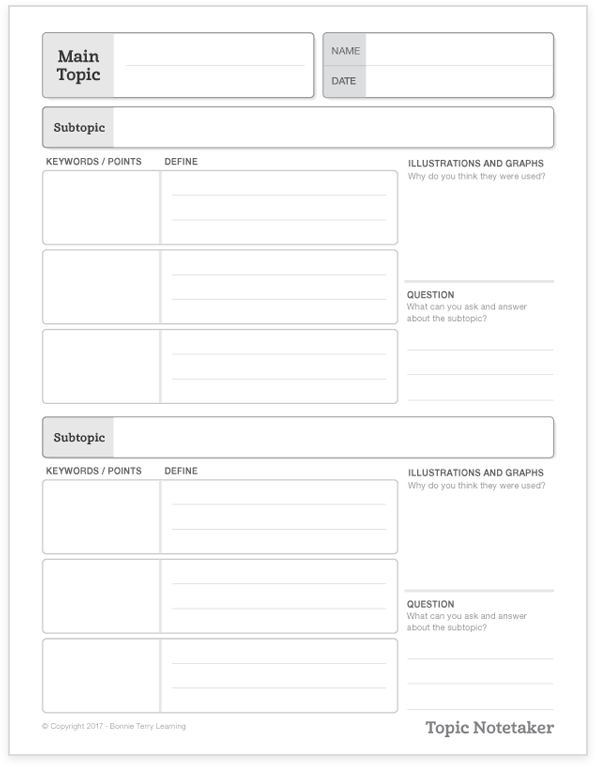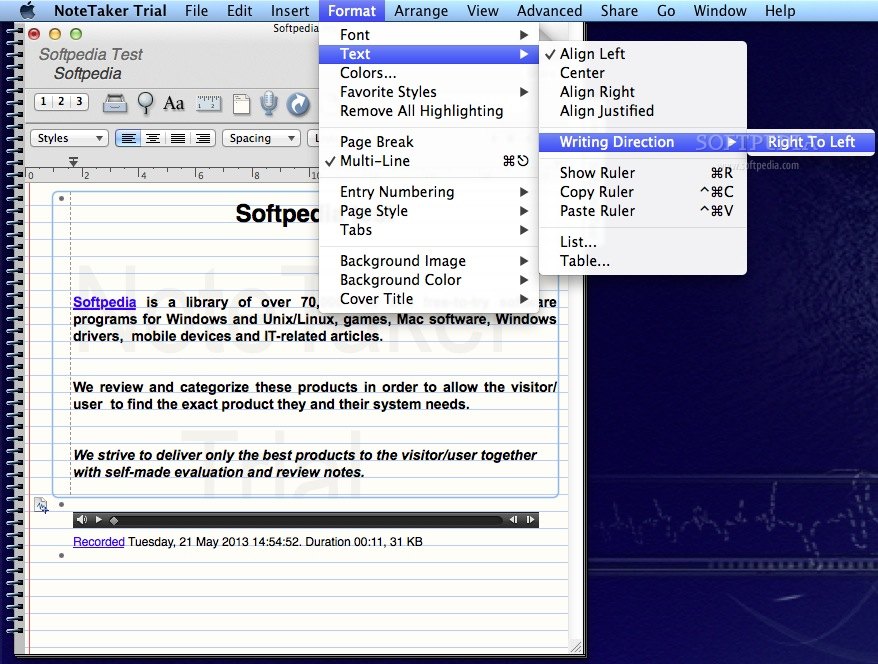

Learn more about using Jira automation with Confluence. Requires a connection between your Jira project and Confluence. This means while you can define the page title using smart values, the automation rule can’t define any of the page content. Note that this creates the Confluence page, but it doesn’t enter any content. , ~, ^, :, ?, *, [, /, \\, Confluence pageĬreates a Confluence page (or blog) in an Atlassian Cloud site of your choosing. Restrictions when naming branchesĬontain the following symbol sets. You can also use smart values to access information related to these branches - learn more about created branch smart values. Learn more about connections in automation. This requires setting up a connection between your automation rule and the other tool.

There are currently three actions that do this: Create branch in (product name)Ĭreates a branch in the tool of your choosing. Copy formsĬopy one or more forms from one issue to the current issue. You can use smart values to reference issue fields to personalize the comment. This action will not clone issue links, or comments. Select More options to display additional fields for advanced field editing. Learn more about Assets in Jira Service Management. For Jira Service Management, you set both Jira fields and Assets fields. You can also set values to override any copied data in supported fields. As the issue is not a true clone, it won’t be linked to the original issue. Its status is then set to the first step of the corresponding workflow, and any resolutions from the original issue will be cleared. This action will create a new issue and copy across all field data possible, including the ability to copy attachments by selecting the Attachment field from the list of supported issue fields and then choosing the source issue from which attachments need to be copied. This action can be used as part of a workaround for moving issues between projects. Clone issueĬreates a duplicate of an issue within the same project or a project of your choosing. Learn more about how forms work in the issue view. You can also set the visibility of the forms. On-call responder: Assign the issue to who is on-call, based on a team's Opsgenie on-call schedule.Īttach one or more forms to an issue. User in a group: Assign the issue to a user under a selected group. User in a role: Assign the issue to a specific role within a team. User who triggered the event: Assign the issue to the user who triggered the event. Unassigned: Remove existing user and set the issue as ‘Unassigned’. For example, when an issue is commented on, you can assign it to the author of the comment. Smart value: Assign the issue based on a smart value. You can also use JQL to find an issue to copy the assignee from. If you specify users to exclude, or groups the user must be in, any user not matching this requirement will be skipped and the action will continue looking for matching users (such as going further back in the issue history of assignees).Īutomatic: Assign the issue to the project's default assignee.Ĭopy from another issue: Copy the assignee from a related issue.

For example, assign the issue to a previous assignee based on the issue history, or assign the issue to its creator. Round-Robin: Assigns issues based on the sequence in the list of specified users.Īnother field value or comment: Assign the issue based on user field values on the issue or in a comment. Random: Assigns randomly from the list of users.

The scope of these issues is defined by the JQL. This can be:īalanced Workload: Ensures that each user in the list has the same number of issues assigned. There are eight different options for assigning issues:Ī user in a defined list: An issue that passes a restriction (specified in JQL) is assigned to a user from a specified list of users using the method of your choosing. Required permissions: Assign issues, Assignable user
Chorus notetaker how to#
See how to use all of these actions in our Jira automation template library.


 0 kommentar(er)
0 kommentar(er)
